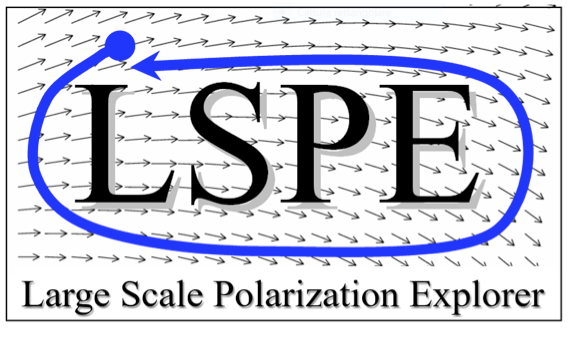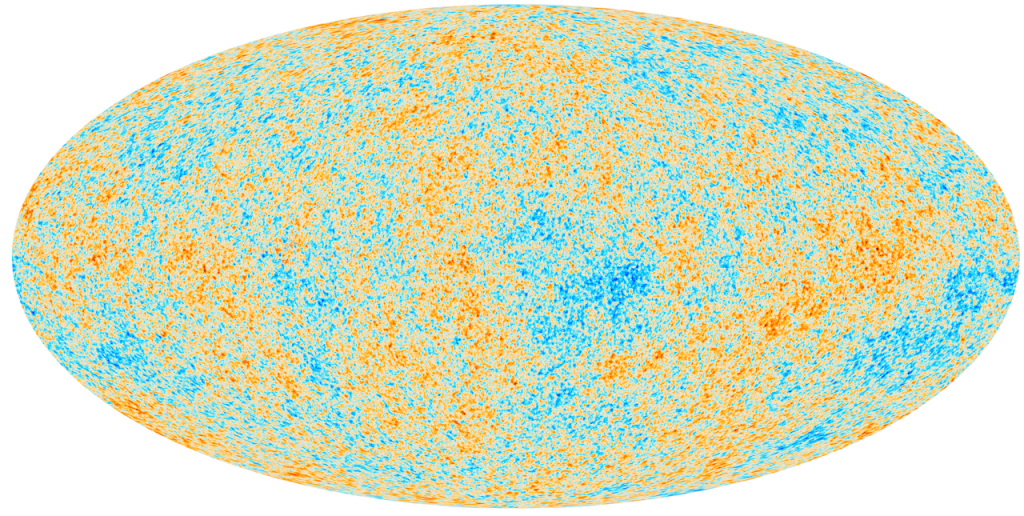
The LSPE (Large Scale Polarization Explorer) experiment is a mm-wave polarimeter aboard of a stratospheric balloon and studies the polarization of the cosmic microwave background (CMB), with the aim of measuring the weak signal produced by cosmic inflation, in the first moments of the evolution of the universe, at energies of the order of 1016 GeV, which cannot be reproduced in any laboratory.
The polarization state of the photons of the microwave background is sensitive to scalar (density) and tensor (gravitational waves) perturbations present at the time of recombination. In fact, most of the CMB photons is diffused (due to Thomson scattering) by free electrons for the last time on the last scattering surface. Thus, any quadrupole anisotropy present in the photons incident on the electrons produces a certain degree of linear polarization of the scattered photons. At the recombination time, protostructures (density perturbations), that will form the galaxies and clusters, and gravitational waves (tensor perturbations), produced by the hypothetical inflation, are both present and both have a quadrupole component that generates a linear polarization of the diffused CMB photons. The symmetry properties, however, are different: in case of scalar perturbations an irrotational polarization field (E-modes) is generated, while tensor perturbations produce a polarization field with both irrotational and rotational (the so-called B-modes) components.

So far, the detection of the B-modes has been performed by one experiment only (BICEP2), at a single frequency (140 GHz), and on a limited region of the sky (a few %). Moreover, a combined analysis of the BICEP2 and Plank data has shown that the result is most likely polluted by a large contribution from interstellar dust, thus of non-cosmological origin. New experiments are needed, with a larger coverage of the sky and a broader range of observed frequencies.
The LSPE experiment meets these requirements, observing a large fraction of the sky (25%) in a wide frequency range, between 40 and 250 GHz. It will fly on a stratospheric balloon in the polar night, thus overcoming the problem of transmission and noise pollution that prevent ground experiments, such as BICEP2, to operate efficiently at frequencies higher than 140 GHz.
The INFN sections of Genoa (F. Gatti, National), Pisa (G. Signorelli), Roma (P. de Bernardis) and Rome Tor Vergata (A. Rocchi) actively contribute to the experiment.








